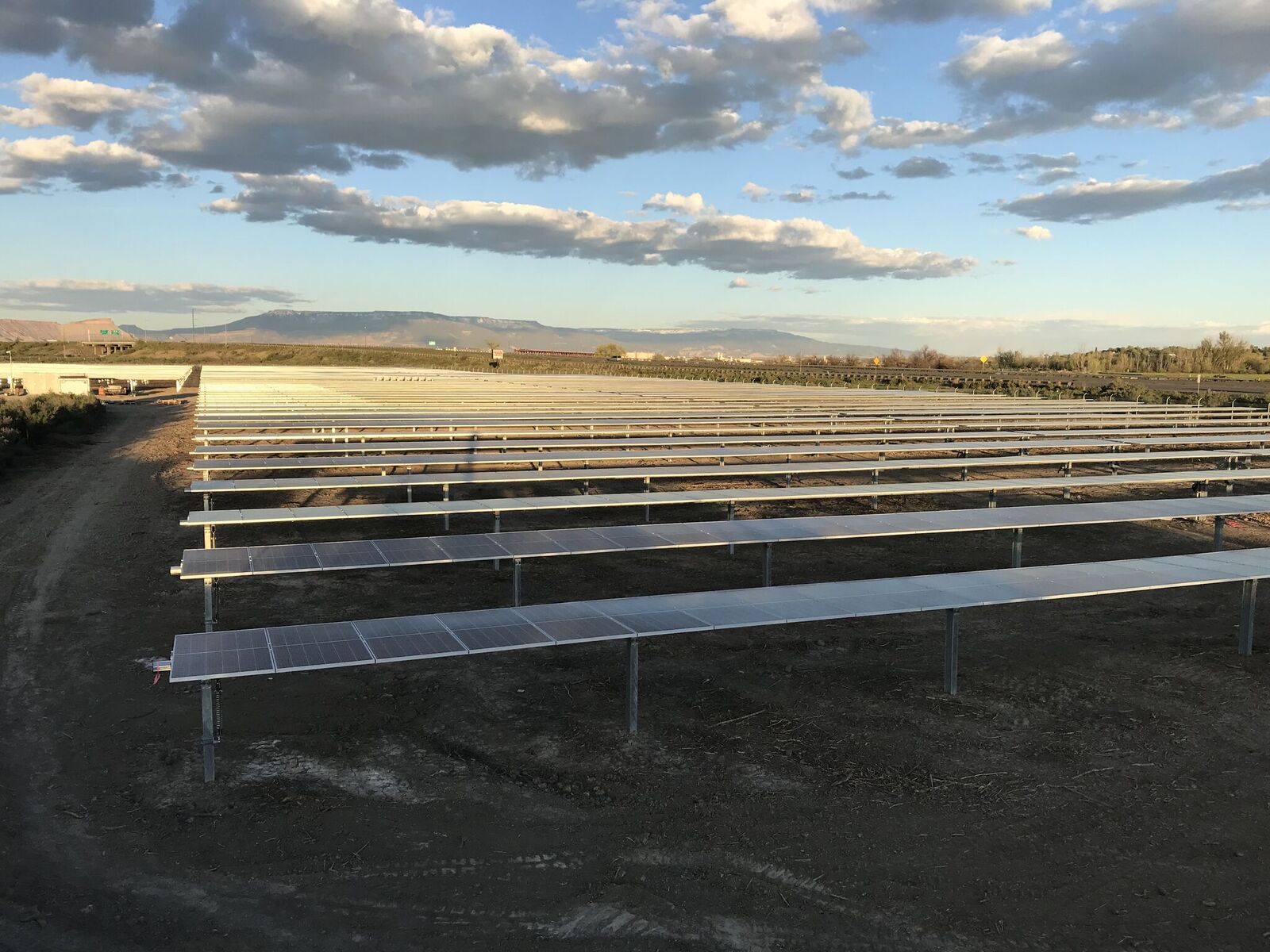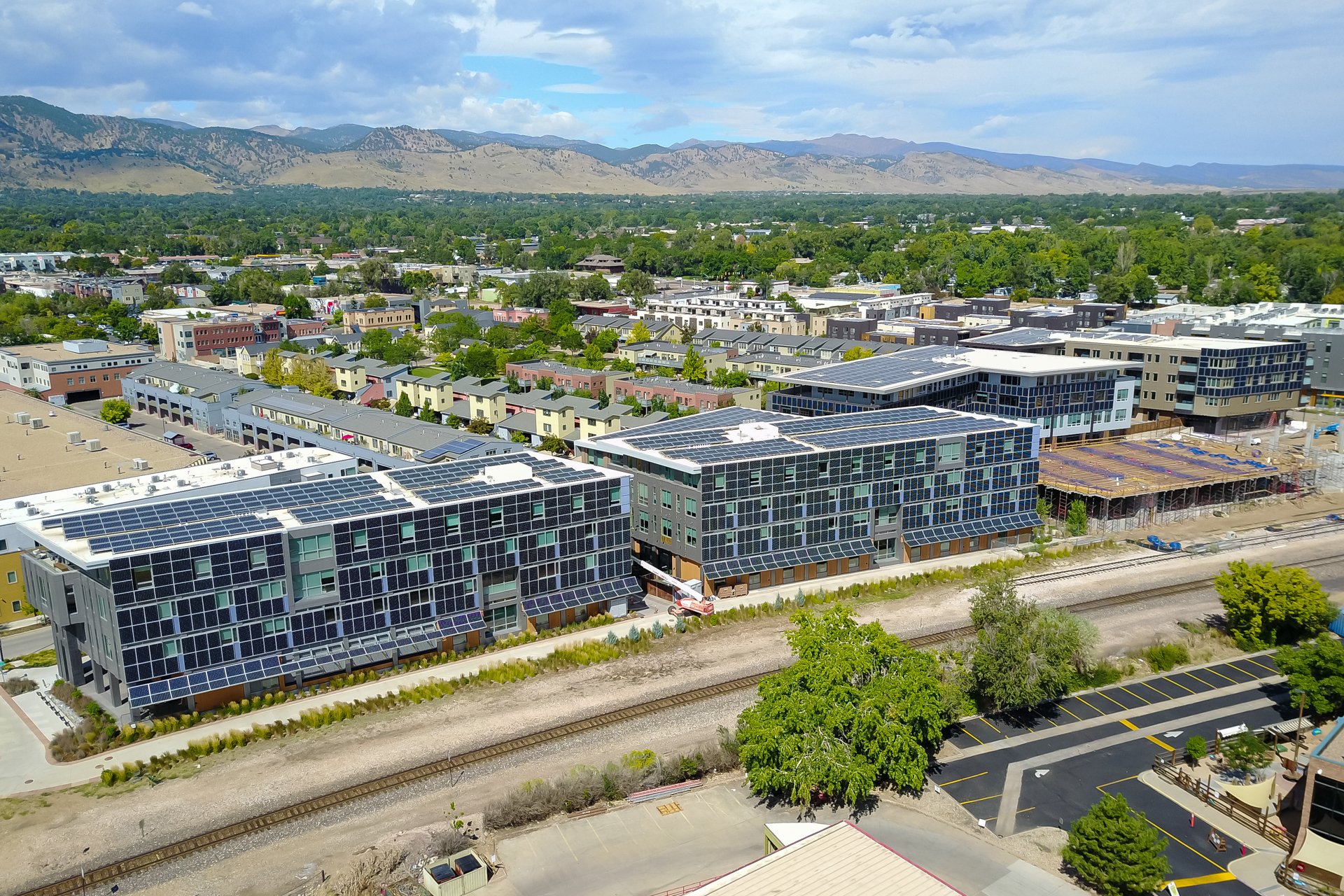Part 4: The Wild, Wild (Mid)West: ARES and Credit Rates
April 17, 2019

By: Kacie Peters
Director of Business Development
In the classic Western movie troupe, two men stare down each other at high noon. “This town isn’t big enough for the two of us,” one says to the other. The encounter typically ends poorly for one of the participants.
In Illinois, those two players are the Alternative Retail Electric Supplier (ARES) and the community solar asset operators. Both sides are in conflict and are staring down each other with claims for customers and credit rates. So how can this wild west conflict end?
The Risk
When the Future Energy Jobs Act passed, there was a lot of debate about the value of the community solar credit- did transmission charges count? Is it a uniform credit? How and who is responsible for billing the customer? One of the biggest contentions was whether or not ARES suppliers had to honor the same credit as IOU customers. And for now, it looks like they don’t.
This means, for example, that if a customer is on MC2, it’s MC2 that determines the total value of the bill credit- and MC2‘s credit could be significantly lower than the subscription advertised to the customer. Back to my example from blog 3 – you assume the full bill credit is 6 cents, so you offer subscriptions at 5. However, MC2‘s contract only offers a bill credit of 2 cents, and if you bill for 5, the subscriber is now paying *more* for electricity. Alternatively, you could offer a discount to the bill credit (15%), but now instead of getting 5 cents per kWh from that customer, you’re only getting 1.7 cents. In the first scenario, your company could be penalized for falsely advertising savings. In the second scenario, the project risks coming up short from subscriber revenues.
So, what’s the scope of the issue?
In my earlier blog posts, I alluded to the fact that ARES are third-party energy suppliers, and they make up large fractions of the market. Thirty-three percent of ComEd and 47% of Ameren customers are served by ARES. If customers were evenly distributed, then roughly every one in three prospects in Chicagoland, and half of your leads in Ameren, may have issues with the bill credit.
ARES users aren’t evenly distributed, and in many cases, it’s easy to anticipate these consumers by location. Consumers in 523 towns and cities are in ARES plans due to municipal aggregation, meaning they didn’t opt-out when their town chose a 3rd party supplier. Luckily, there aren’t geographic requirements outside IOU territory, so asset owners can simply target outside these towns.
But, you’ll probably still come across subscribers who are on an ARES. For these customers, there are some solutions.
What to do with ARES users?
Unlike other community solar markets across the country, users in the same gardens, in the same neighborhoods, signing up at the same time could have vastly different credit rates on their bill depending on their supplier. In order to service those subscribers, or even market to them fairly, data is key.
Currently, it’s not easy to determine whether a subscriber is on a third-party, so marketing language should encourage potential subscribers to self-report their utility provider. In IL, many of the ARES provide consolidated bills from the ARES directly, so customers who have chosen to sign up with a third supplier know who it is.
From there, a couple of options:
- Allow the customer to subscribe at your full subscription rate based on a full bill credit: In this case, it will be necessary to inform the customer that they aren’t getting the full benefits of community solar and may not be saving.
- Allow customers in at the discounted credit rate: Limit the total number of third-party supply subscribers to blend the pool of subscriber rates, with some users paying more than others.
- Waitlist the subscriber: ARES plans are typically 2-3 years long, so add them to a waitlist and communicate specials for ComEd or Ameren users.
None of these scenarios are ideal, they either limit your total pool of subscribers, increasing your acquisition costs, or limit your total revenue from subscriptions, so it’s a balancing act. But before a legislative fix, community solar operators may have to make a choice.
The long game
For now, this Wild Western movie has the ARES staring us down at the OK Corral, and because of the current legislation, community solar suppliers may have to blink. But, the ARES need to make their customers happy if they want to keep any part of the pie, and community solar providers have the upper hand here. If community solar providers can communicate proactively with subscribers that they are getting shortchanged by ARES, it can push those suppliers to play a fair game. Community solar providers have to be consistent with providing value, in both the product and the service, to win customers and convince them to bring the ARES on board.


